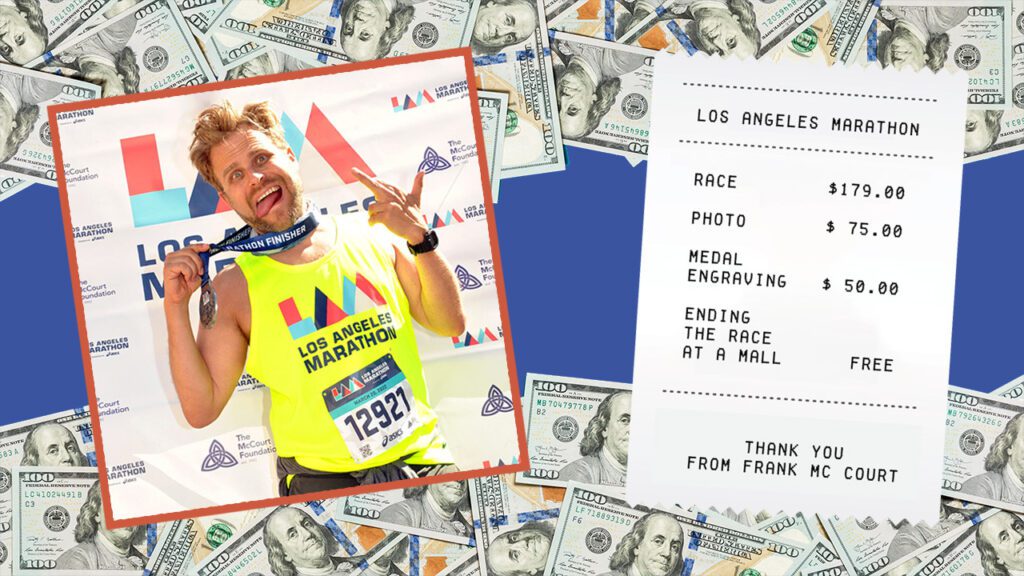The Complexities of Marathon Running: Pain, Pleasure, and Profit
Marathon running can be characterized as one of the most challenging sports, often appearing more brutal than beneficial. The typical marathon spans 26.2 miles, a distance which many argue is excessively long. In contrast, the half-marathon at 13.1 miles is often perceived as a more approachable option, granting runners many of the benefits associated with endurance while minimizing the suffering.
This dichotomy of marathon versus half-marathon extends beyond mere physical distances; it intertwines with the social fabric of the running community. When one completes a marathon, they are instilled with a sense of accomplishment, enabling them to say, “I just ran a marathon,” a statement that carries weight in modern society. This cultural significance drives people to participate despite the challenges and hardships inherent in training and completing the race.
Reflecting on personal experiences, many find that their journey into marathon running often begins at a low point in their lives. For instance, one individual recounts how, at age 28, they were unfit and struggling with self-esteem issues, leading them to sign up for the New York City Marathon. Over several months, this person transformed their lifestyle, trading unhealthy habits for early morning runs and extensive training. By the time they crossed the finish line after nearly six hours, they not only proved their doubters wrong but also emerged with a renewed sense of purpose.
Fast forward to a decade later, the same individual embarked on a new marathon journey in Los Angeles, this time with a relaxed training approach due to a demanding career. Enjoying the first part of the race and reconnecting with friends along the course, they found themselves unexpectedly motivated to beat their previous time. However, the euphoria of competition began to fade when they realized the grueling difficulty of the newly altered LA Marathon course.
Recent changes to the LA Marathon route transformed the experience. Traditionally, the course ran from “Stadium to the Sea,” providing runners with the thrill of reaching the picturesque Santa Monica beach. Yet, due to logistical challenges and financial constraints, the marathon was rerouted to end in Century City, a decision met with significant backlash from participants. The new out-and-back design proved to be not only exhausting but also psychologically draining, as runners found themselves mentally forced to confront distance in a taxing manner.
The reconfiguration of the marathon route raises essential questions about motives behind event planning. The LA Marathon is organized by the McCourt Foundation, tied to billionaire Frank McCourt, known for his controversial history as a previous owner of the Los Angeles Dodgers. The foundation claims to operate on a non-profit basis; however, many participants wonder whether profit is prioritized over runner experience. The relentless commercialization seen throughout the event, from mandatory appearances at pre-race expos to corporate sponsorships lining the route, suggests that profit may take precedence over the quality of the experience.
As the marathon runner crossed the finish line in Century City, a moment of victory was tinged with bitter reflection. While achieving a personal best time felt rewarding, the experience of running through uninviting surroundings, rather than enjoying the anticipated coastal view, cast a shadow on the accomplishment. Moreover, the commercialization experienced at the event revealed the complexities of modern marathon running, where dedication often intertwines with commodification.
In conclusion, while marathon running offers a unique avenue for self-transcendence and community connection, it is crucial to critically assess the influences of profit and commercial interests on the experience. The growing rift between the initial spirit of the marathon and the corporate landscape must be navigated thoughtfully as we consider the future of this storied sport. Interested runners can seek out more about the various marathon routes and community running events on reputable running blogs and organization websites.
In this article, the primary focus keyword is “Marathon Running.” Optimized throughout the paragraphs, the content maintains a neutral and informative tone while reflecting on the evolving landscape of marathon culture, commercial influences, and personal experiences within the sport.
